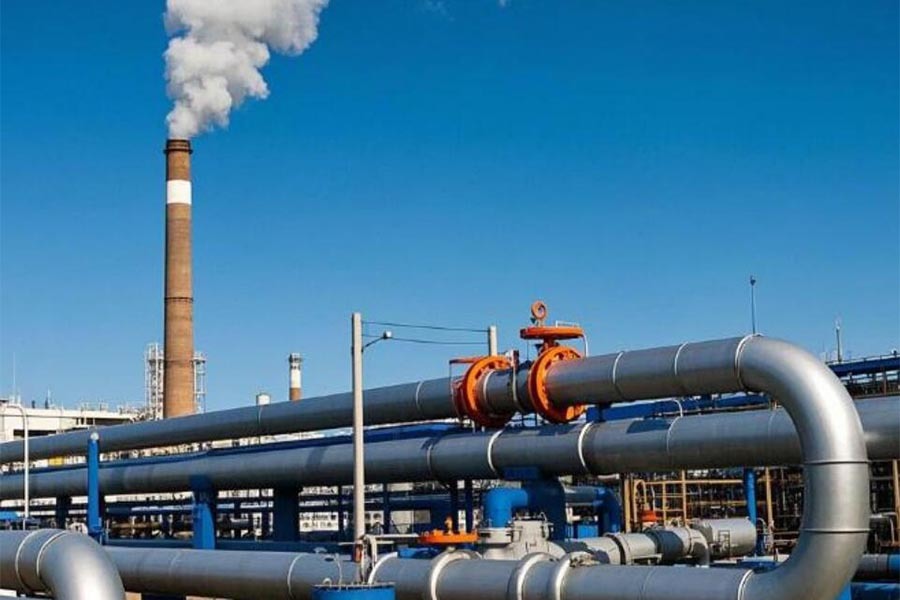How LNG carriers work
Release time:
2021-11-09
The core working principle of LNG carriers is to compress the volume of natural gas through very low temperature liquefaction technology.
The core working principle of Liquefied Natural Gas Carriers (LNG Carriers) is to compress the volume of natural gas by means of very low temperature liquefaction technology and to ensure the safety of transportation by means of a multi-layer protective structure.
Specific Principles of Operation
Liquefaction and Volume Compression
Natural gas is cooled down to -162°C-162°C at atmospheric pressure, shrinking its volume by about 600 times and transforming it into a liquid state (LNG) for efficient transportation.
Tank design and insulation
Stand-alone tanks and membrane structures:
Membrane type structure is the mainstream, with double shell design, the inner shell is the liquid cargo tank carrying shell, the outer shell provides collision protection, and the center is filled with ballast water; the tank interior is divided into three layers:
Aluminum inner layer (anti-leakage)
Polyurethane/polystyrene foam insulation (thermal insulation)
Steel outer layer (weatherproof).
Drip pan and nitrogen void space at the bottom to prevent leakage and fire protection.
Inert gas replacement and filling
Before filling, it is necessary to replace the original gas in the tank with dry air and inert gas (e.g. nitrogen), and then inject natural gas vapor to ensure that there is no oxygen in the tank to avoid the risk of explosion.
Safety Protection Mechanisms
Dual shell design: reduces the risk of collision or leakage.
Sleeping Hydrogen Bomb” level of protection: the explosion energy of a 170,000 m3 LNG vessel is equivalent to 323,000 tons of TNT, so the materials and processes need to meet extreme safety standards.
Technical Challenges and Status
LNG ships are the “crown jewels” of the shipbuilding industry, along with aircraft carriers and mega cruise ships, due to the difficulties involved in cryogenic materials, sealing, explosion-proof design, etc. Currently, only a handful of countries in the world (e.g., China and South Korea) have the capability to build LNG ships.
More information




